Safety Belts
This section of the manual describes how to use safety belts properly. It also describes some things not to do with safety belts.
![]() WARNING
WARNING
Do not let anyone ride where a safety belt cannot be worn properly. In a crash, if you or your passenger(s) are not wearing safety belts, the injuries can be much worse. You can hit things inside the vehicle harder or be ejected from the vehicle. You and your passenger(s) can be seriously injured or killed. In the same crash, you might not be, if you are buckled up. Always fasten your safety belt, and check that your passenger(s) are restrained properly too.
![]() WARNING
WARNING
It is extremely dangerous to ride in a cargo area, inside or outside of a vehicle. In a collision, people riding in these areas are more likely to be seriously injured or killed. Do not allow people to ride in any area of your vehicle that is not equipped with seats and safety belts. Be sure everyone in the vehicle is in a seat and using a safety belt properly.
This vehicle has indicators as a reminder to buckle the safety belts.
See Safety Belt Reminders for additional information.
In most states and in all Canadian provinces, the law requires wearing safety belts. Here is why:
You never know if you will be in a crash. If you do have a crash, you do not know if it will be a serious one.
A few crashes are mild, and some crashes can be so serious that even buckled up, a person would not survive. But most crashes are in between. In many of them, people who buckle up can survive and sometimes walk away. Without safety belts they could have been badly hurt or killed.
After more than 40 years of safety belts in vehicles, the facts are clear.
In most crashes buckling up does matter ... a lot!
Why Safety Belts Work
When you ride in or on anything, you go as fast as it goes.
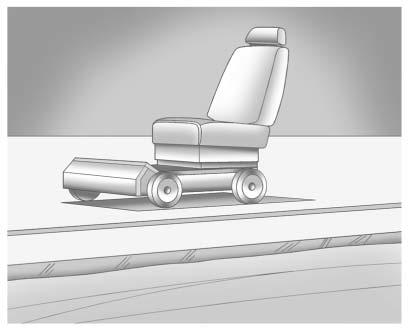
Take the simplest vehicle. Suppose it is just a seat on wheels
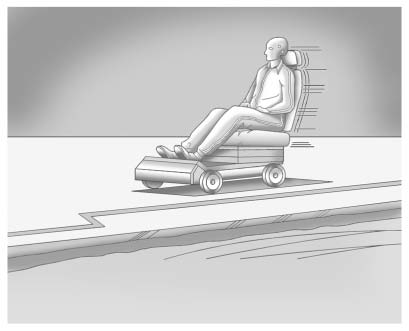
Put someone on it.
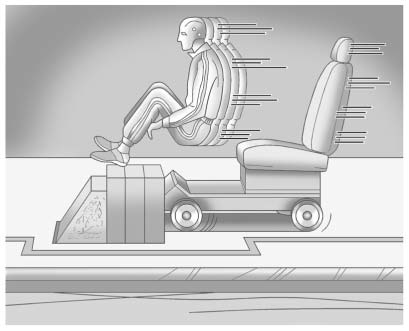
Get it up to speed. Then stop the vehicle. The rider does not stop.
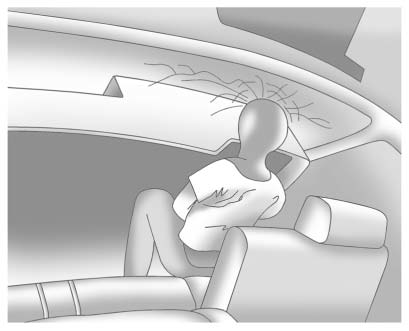
The person keeps going until stopped by something. In a real vehicle, it could be the windshield...
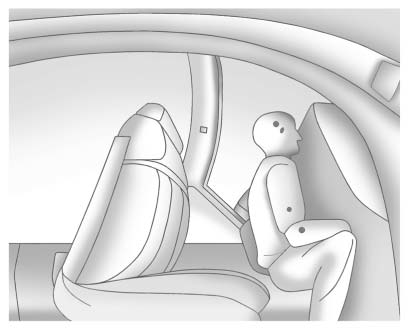
or the instrument panel...
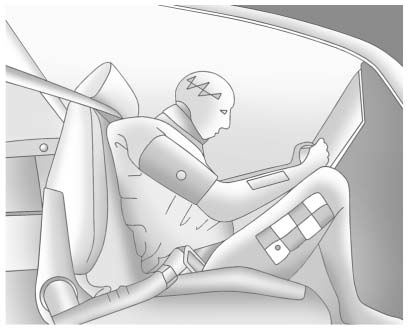
or the safety belts!
With safety belts, you slow down as the vehicle does. You get more time to stop. You stop over more distance, and your strongest bones take the forces. That is why safety belts make such good sense.
Questions and Answers About Safety Belts
Q: Will I be trapped in the vehicle after a crash if I am wearing a safety belt?
A: You could be — whether you are wearing a safety belt or not. But your chance of being conscious during and after an accident, so you can unbuckle and get out, is much greater if you are belted.
And you can unbuckle a safety belt, even if you are upside down.
Q: If my vehicle has airbags, why should I have to wear safety belts?
A: Airbags are supplemental systems only; so they work with safety belts — not instead of them. Whether or not an airbag is provided, all occupants still have to buckle up to get the most protection. That is true not only in frontal collisions, but especially in side and other collisions.
Q: If I am a good driver, and I never drive far from home, why should I wear safety belts?
A: You may be an excellent driver, but if you are in a crash — even one that is not your fault — you and your passenger(s) can be hurt. Being a good driver does not protect you from things beyond your control, such as bad drivers.
Most accidents occur within 40 km (25 mi) of home. And the greatest number of serious injuries and deaths occur at speeds of less than 65 km/h (40 mph).
Safety belts are for everyone.
See also:
Radio Menus
Radio menus are available for AM,
FM, and XM, if equipped.
Turn the Menu knob to open the
main radio menu for that band. ...
Service Only Mode
This power mode is available for service and diagnostics, and to verify the proper
operation of the malfunction indicator lamp as may be required for emission inspection
purposes. With the vehicle ...
Exterior
Described by Buick as having a "refined ruggedness," the Rendezvous has an
overall shape like that of an SUV, augmented by details that promote a youthful
image. Sharp lines take precede ...


